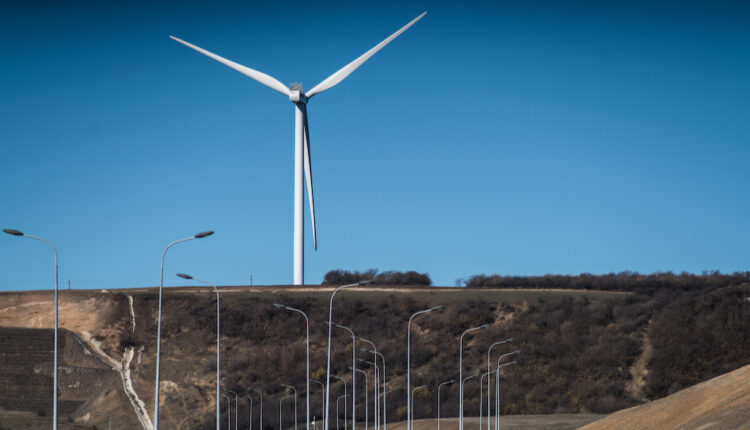Multilateral Development Banks Provide Record Climate Finance of Close to $61 Billion for Low and Middle-Income Economies in 2022
MANILA — Climate finance provided by multilateral development banks (MDBs) reached a new record high in 2022, according to a new report by the MDBs released today.
The announcement comes as delegates meet in Marrakesh, Morocco, for the World Bank Group and International Monetary Fund Annual Meetings, where scaling up public climate finance, particularly for low and middle-income economies, is one of the top agenda items.
In 2022, $60.7 billion of MDB climate finance was allocated for low-income and middle-income economies. $38 billion, or 63% of this total, was for climate change mitigation finance and $22.7 billion or 37% was for climate change adaptation finance. The amount of mobilized private finance stood at $16.9 billion.
Last year, $38.8 billion was allocated for high-income economies. Of this total, $36.3 billion, or 94% was for climate change mitigation finance and $2.5 billion or 6% was for climate change adaptation finance. The amount of mobilized private finance stood at $51.9 billion.
In 2022, the Asian Development Bank (ADB) committed $7.1 billion of climate finance including $4.3 billion in climate change mitigation finance and $2.8 billion for climate change adaptation. ADB also mobilized $548 million in climate finance from the private sector.
With the record 2022 climate finance volumes, MDBs are surpassing for the second year in a row the 2025 climate finance targets they set themselves at the UN Secretary General’s Climate Action Summit in 2019. These included delivering an expected collective total of $50 billion climate finance for low-income and middle-income economies; at least $65 billion of climate finance globally, with an expected doubling in adaptation finance to $18 billion; and private mobilization of $40 billion. Compared to 2019 volumes, MDB 2022 climate finance for low and middle-income economies has increased by 46% (2019, $41.5 billion) and global MDB climate finance by 62% (2019, $61.6 billion).
“It is encouraging to see the growth in MDB climate finance for low- and middle-income economies, particularly the rise in the amount of private sector finance mobilized,” said ADB Climate Envoy Warren Evans. “But we need to do more. In Asia and the Pacific, home to many of the most climate-vulnerable countries, we will need to mobilize significant amounts of private sector finance to move from the billions to trillions required to cut greenhouse gas emissions and urgently scale up climate resilience both now and into the future.”
The Joint Report on MDBs Climate Finance is an annual collaborative effort to publish MDBs’ climate finance figures, together with a clear explanation of the methodologies for tracking this finance as climate finance. This joint report is intended to track progress in relation to MDB joint climate finance targets such as those announced at the UN Climate Change conference (COP21) and the greater ambition pledged until 2025.
This year’s report brings Council of Europe Development Bank and New Development Bank’s climate finance fully into the MDB reporting, so that—for the first time—all 10 MDBs’ climate finance numbers are included in the aggregated data reported. Even without the two MDBs joining the reporting, global climate finance went up to $98 billion in 2022. In addition, this year’s report includes a more detailed breakdown of MDB climate finance in least developed countries and small island developing states.
The 2022 multilateral development bank report, coordinated by the European Investment Bank (EIB), combines data from the African Development Bank (AfDB), the Asian Development Bank (ADB), the Asian Infrastructure Investment Bank (AIIB), the Council of Europe Development Bank (CEB), the European Bank for Reconstruction and Development (EBRD), the EIB, the Inter-American Development Bank Group (IDBG), the Islamic Development Bank (IsDB), the New Development Bank (NDB) and the World Bank (WB).
ADB is committed to achieving a prosperous, inclusive, resilient, and sustainable Asia and the Pacific, while sustaining its efforts to eradicate extreme poverty. Established in 1966, it is owned by 68 members—49 from the region.


Comments are closed.